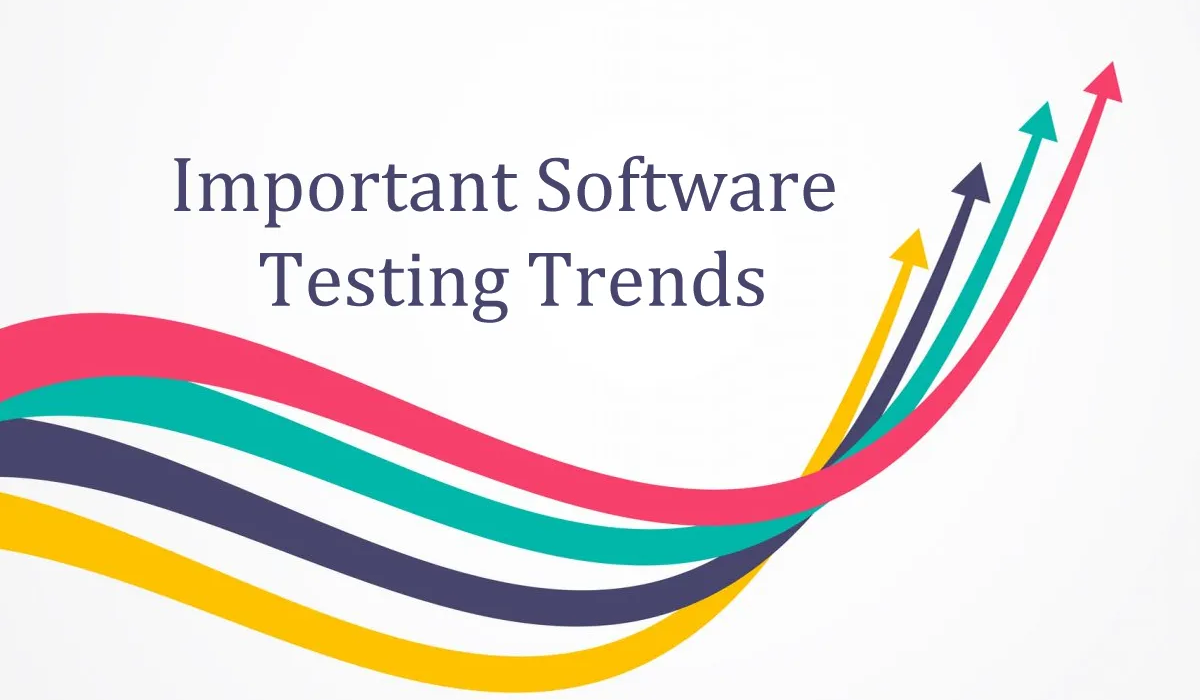Software Testing: In the growing technology, there has been change an enormous change in the software testing industry with the help of newly improved tools and trends. This change has brought beaming sides in many industries such as development, design, testing, and delivery.
In that enlarge technology is believed that this new adaption has uplifted this quality and maybe that’s why institutions are now focusing more on digital transformation to be on the top spot. And it becoming even more challenging every day.
Far from in the past, the software testing is not just about point out and troubleshooting the application errors. Earlier, the goal of such testing was to verify high performance and quality in the transferred products. Nowadays, companies need to optimize their time to market metrics, automate manual tasks, maximize resources utilization and scale their team’s productivity to deliver on exceptional user experience.
Automation test helps companies achieve their business by speeding up the product delivery process which maintaining quality with rapid advancements in modern technologies such as IOT, Artificial intelligence, machine learning etc. Nowadays the automation testing was more demand in the software industry.
Table of Content
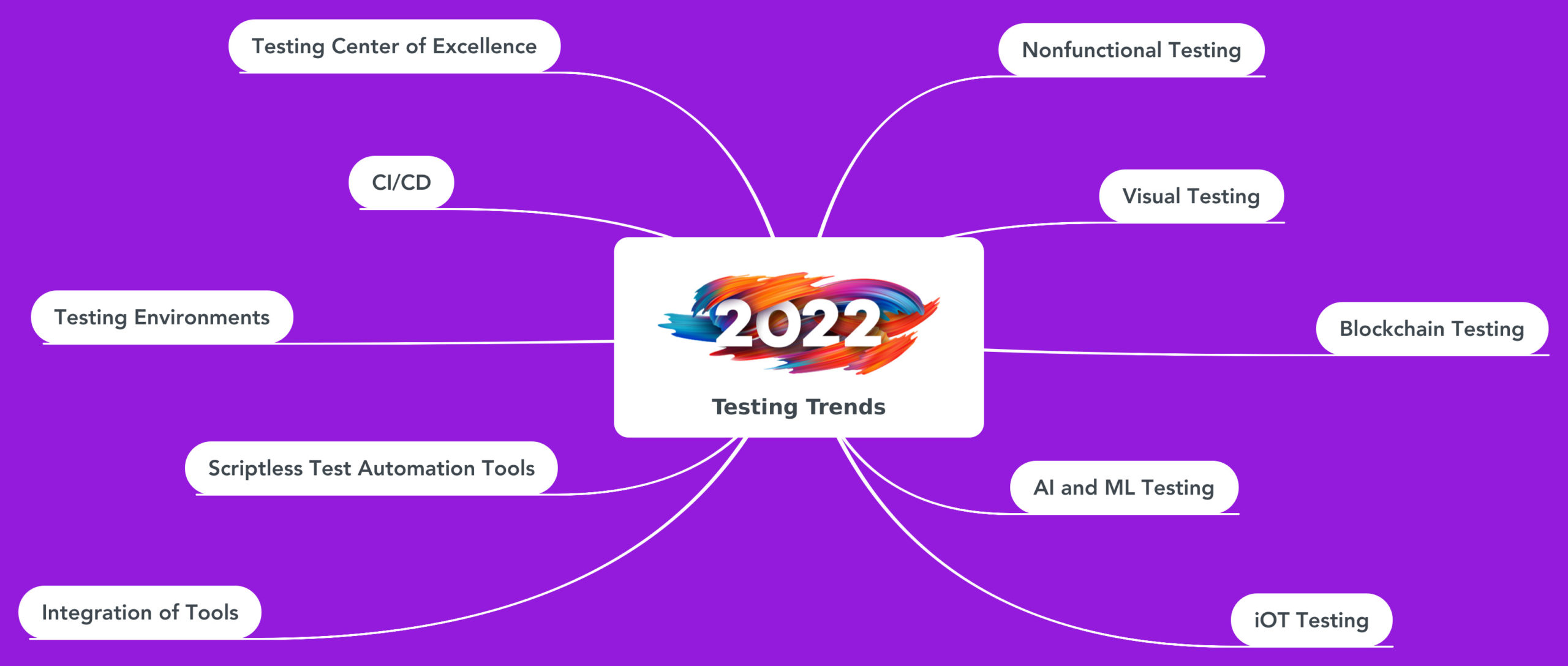
- Testing Center of Excellence (TCOE)
- CI/CD
- Testing Environment
- Script less Test Automation Tools
- Integration of Tools
- Non-Functional Testing
- Visual Testing
- Block Chain Testing
- AI and ML Testing
- IOT Testing
Testing Center of Excellence (TCOE):-
A Testing Centre of Excellence (TCOE) is a model for streamline testing platform it provides for standardizing test processes and optimal utilization of resources for test intention. It brings the infrastructure and resources together for achieving excellence in testing obligations.
A Testing Center of Excellence can be enlisted within any company, agile or not. If implemented fittingly, it can help an institution scale testing without compromising quality.
Benefits of TCOE
- Increased agility
- Continuous improvement
- Cost savings
- Decrease testing costs
- Enhanced core skill sets of all testers
- Standardization of automation frameworks and reduction of complexity
Cons of TCOE
- ATCOE may over complicate things
- Insufficient support could lead to burnout and failure
Continuous Integration (CI) and Continuous Delivery (CD):-
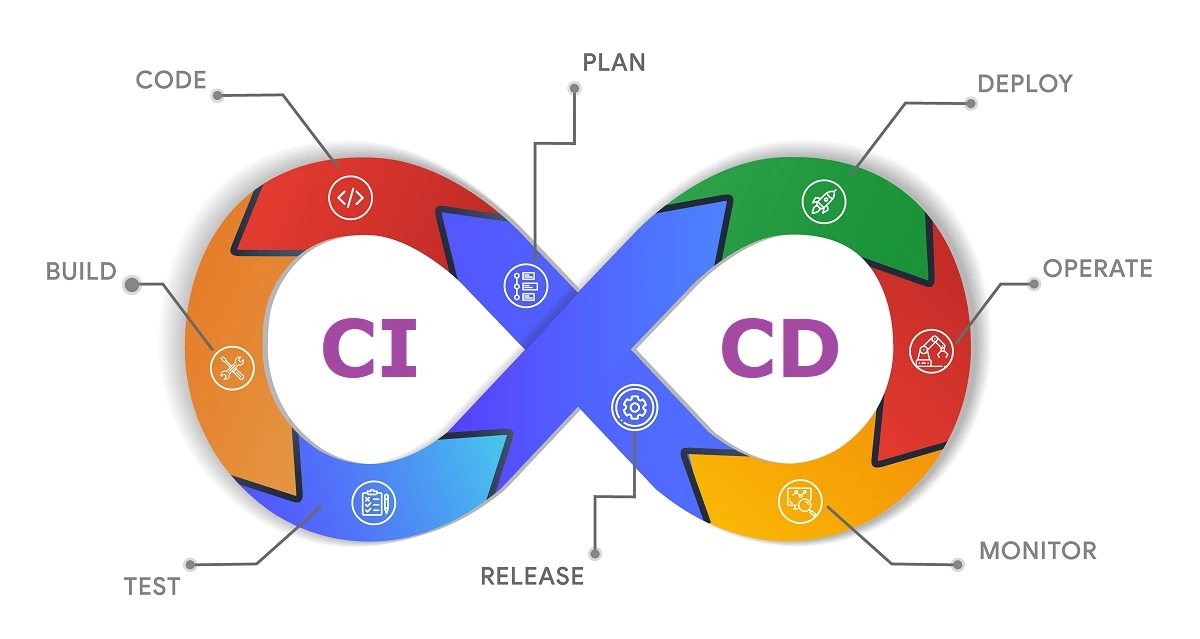
It is also known as CI/CD. Continuous Integration and Continuous Delivery is a one method of software industry. Is to frequently deliver the apps to customers by introducing automation into the stages of app development. Main aim of these CI/CD method are continuous integration, continuous delivery, and continuous deployment.
Continuous Integration: It can be considered the First part of a software delivery pipeline where application code is integrated, build, and tested.
Continuous Delivery: It is a second stage of a delivery pipeline where the application is deployed to its production environment to be utilized by the end users.
CI/CD Pipeline and Workflows
CI/CD pipeline is software delivery process created through continuous integration and continuous delivery platforms.
- Development: This stage is where the development happens, and the code is merged to a version control repository and validated.
- Build: The application is build using the validated code, and this artifact is used for testing.
- Testing: Usually, the build artifact is deployed to a test environment, and extensive tests are carried out to ensure the functionality of the application.
- Deploy: This is the final stage of the pipeline, where the tested application is deployed to the production environment.
Benefits of CI/CD
- Reduce the bugs
- Improve overall code quality
- Ensure the application’s reliability
- Save time and resources
- Improve developer and QA productivity
- Faster testing and analysis
- Improved customer satisfaction
Cons of CI/CD Technique
- Resource management must be responsive
- New skill set must be learned
- Legacy systems rarely support CI/CD
- Changes create a domino effect with a micro services
Testing Environment:-
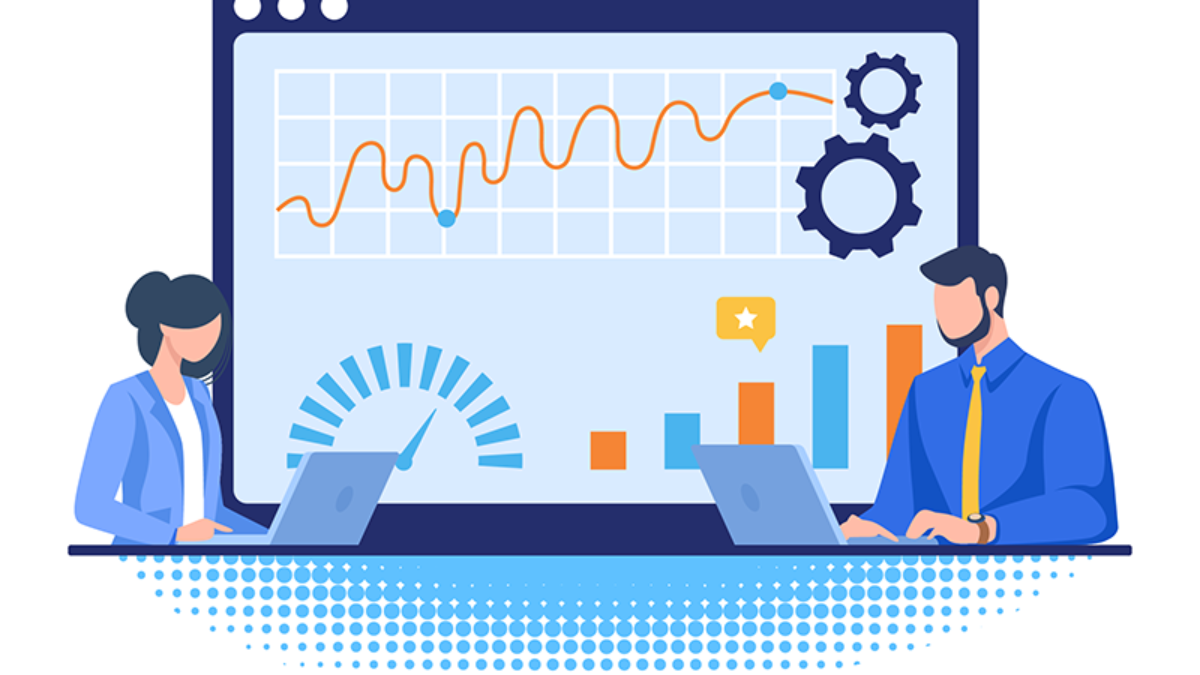
A testing environment is a group of software and hardware for the QA teams to execute test cases and to identify and fix any bugs by computer programmers. Is also known as, it supports test execution with hardware, software and network configured. Indeed, the lack of test environments and data is a high challenge when applying to test in agile projects.
Testing Environment Setup
The people are also involved in these stage like Admin, Developers, Testers and sometimes users for testing and the setups are given below,
Setup of Test Server
Ex: Fedora setup for PHP, Java-based application with or without mailers, Java-based application, Cron setup,
Network
EX: Internet setup, LAN Wifi setup and Private Network setup
Test PC Setup
EX: Visual Studio installation, Windows phone emulator, alternatively, assigning a windows phone to the tester
Bug Reporting
Bug reporting tools provided to the testers. There are many open-source and licensed bug reporting and managing tool like Bugzilla, JIRA, RTC,etc.
Test Environment Management
This is maintains the testbeds so that they are always in the right condition to perform test. It is based on the demands of the test teams. This also document details setup, various test executes and the results.
Test environment management is helps in designing the test cases in the future and the test result used to fixing the bugs as well.
Types of Test Environment
- Performance Testing Environment
- System Integration Testing
- User Acceptance Testing
- Quality Assurance
- Security Testing
- Chaos Testing
- Alpha Testing
- Beta Testing
Benefits of Testing Environment
- It reduce production costs by finding the bugs in the early stages.
- Software that has legacy code and minor additions, fixes as the majority of the code remains the same.
Cons of Testing Environment
- Continuous maintenance and effort are required
- Tests have to be written every time
- Tedious to test all possible scenarios like out of bound testing, regression testing
Blockchain Testing:-

Blockchain is an innovative technology that is coming faster to be the base of a high number of application in the world. Blockchain is a split into database stock continuously growing list of records, is called blocks.
It supporting more than the cryptocurrency world, blockchain technology could help the different kinds of applications that need decentralized infrastructure, integrity, and security. Now there are many industries uses the blockchain testing.
How Blockchain Works?
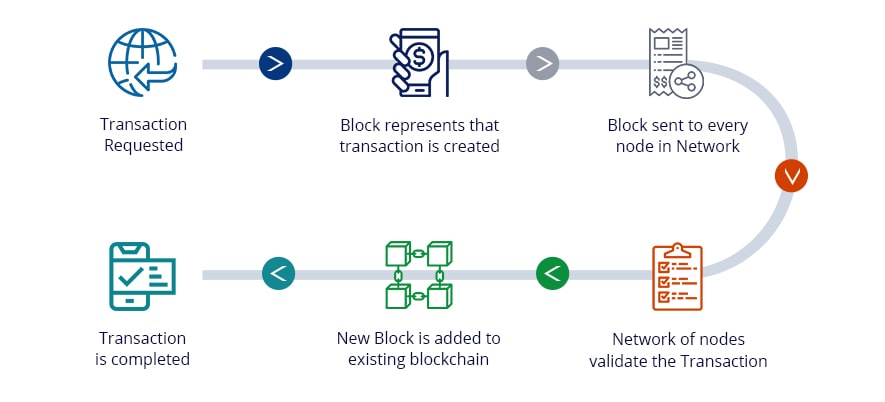
Benefits of Blockchain testing
- Time-Saving
- Increase security
- Cost-Effective
- Increased Capacity
- Challenges of Blockchain testing
- Performance and Load
- Security and Integration testing
Script less Test Automation Tools:-
Script less or Code less test automation means the name suggests in this method is automation testing using tools instead of writing any test scripts. Generally selenium automation tools are using in this testing type.
The range of scriptless testing is limited to link with UI elements. A tester can ensure that the end-to-end testing scenarios and also to verify the critical components without any glitches.
How does scriptless test automation work?

Scriptless test automation tool work technique is done by using record and playback. It means to record the actions on the testing screen and then playing the video as a test.
In record and playback, the test steps are produced at the same time the tester prompt the online application. While recording a workflow, the scriptless automation tool can automatically point out the each step, and saves the object locators for each factors and links an action to it. When the recorded steps are performed, the linked action is executed on the saved object locator. The record and playback tool is used to decrease test length and easy maintenance.
- Easy Generate Test Steps
- Store reusable elements or objects
- Record Test Cases
- Execute Test Cases on Multiple Browsers/Versions
- Execute Test Cases On-Premises and in the cloud
- Handle Test Dara Variance
- Report on Test Outcomes
- Integrate With Toolsets
Record and Playback

The function of Record and Playback testing tools is to record the interaction of users with the website and then convert the steps to scripts which then run in the same way it was recorded.
Benefits of Scriptless Testing
- It is highly reusable scripts
- Better option for customization
- Easy to create
Cons of Scriptless Testing
- This will take more time for creating the test cases compared to record and playback
- Not Fully Codeless
- Lesser Scope for customization
- Public Availability of products
IoT Testing:-

IOT means Internet of Things is combination of networks, devices, processes, people and technology that are constantly collecting and sharing data through the internet. Considering the growing number of ioT devices and software embedded, we need to ensure its security, data integrity, performance, and other aspects that are particular to ioT applications.
According to Mordor intelligence, the ioT technology in future market value is expected to rise to $1.39 trillion by 2026.
Integration of Tools:-
As the name suggest, The integration of tools is defined as to checking integrate or interface between two modules and find bugs. It means the testing units or modules combined as a group. The main aim of this tools is to make sure that specific modules are working as per client’s needs.
Some of most used integration testing tools are give below,
- Celigo
- Zapier
- Oracle Dara integrator 12c
- Citrus
- FitNesse
Celigo

The CEO of Celigo integration tool is Jan Arendtsz and the headquarters in San Mateo, CA. Celigo is the Data Integration IPaas tool that provides solutions to integrate various client system by creating the integration flow.
Celigo is one of the most powerful data integration tool provided by celigo inc. It have a three options which include pre-build, Connectors and custom integrations
Zapier

Zapier is tool of “Easy automation for busy people”. Zapier tool is an online platform, that helps to automate workflows by joining the apps and services you use. It supports 3000+ Apps and Software to integrate including the most popular Google Cloud, Facebook, Youtube, Salesforce, QuickBooks, etc.
Oracle Data Integrator 12C
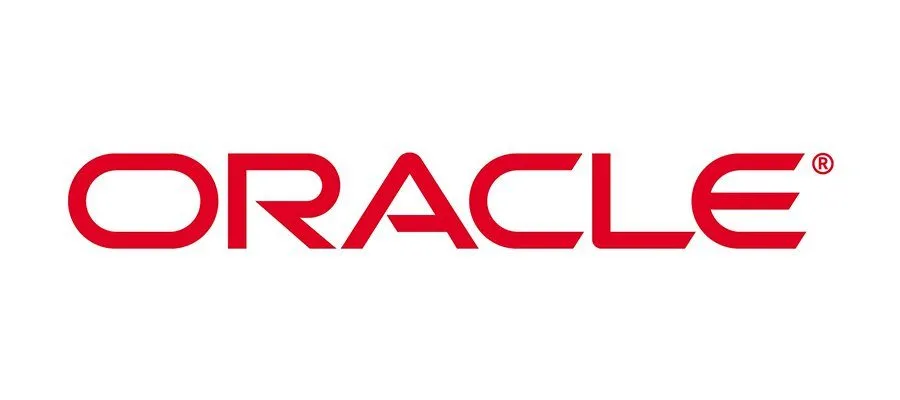
The latest version of Oracle Data Integrator 12c is Oracle’s strategic Data Integration offering, is a best-of-breed data integration platform. The platform units with Oracle Database, Oracle GoldenGate, Oracle Fusion Middleware, Oracle Big Data Appliance, and Exadata.
It is fully integrated with Oracle Cloud, Oracle Autonomous Transaction Processing, etc. Oracle Data Integrator tool is an open and standards-based to work with 3rd party application as well as Oracle’s applications.
Citrus

Citrus is an open-source, java-based test framework for automated message-based application and data format integration testing tool. It is most commonly used integration testing tool in software testing. It is used to take the request and respond to both server-side and client-side and to authenticate the XML, JSON files.
Citrus supports multiple protocols such as HTTP, JMS and SOAP to achieve end-to-end use case testing.
FitNesse

FitNesse is an open-source tool that doesn’t need separate installation, we need to download the java jar file and we can use it directly. FitNesse supports the programming language is “java” and another supporting languages are Python, C++, C#, Ruby.
Non-Functional Testing:-
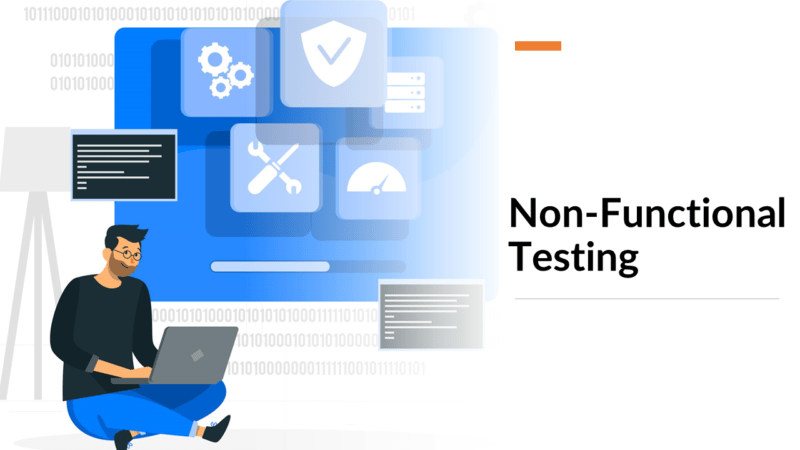
Non-functional testing is a type of software testing to test on non-functional parameters like reliability, load test, performance and accountability of the software application .Client or Customer satisfaction is one of the crucial metrics to evaluate a software product’s success. Therefore, it becomes critical to perform non-functional testing to increase the efficiency and usability of the product and reduce production risks and costs.
Some of main categories for non-functional testing are,
- Security testing
- Load testing
- Infrastructure testing
- Performance testing
- Disaster recovery testing
- Stress testing
- Accessibility testing
Visual Testing:-

Now a world a Visual Testing is becoming a big trending tool in the quality assurance area. Visual testing also called as User Interface (UI) testing, it to automatically verify if the application looks as expected, reproducing the end user’s behavior. In other words, visual testing are helps to catch “visual bugs” in the appearance of a page or screen. The Automated visual testing tools, like Applitools, it can be help to speed up this visual testing up and reduce errors that are happen with manual verification.
Although these application should already be evolved, it is a good help to avoid doing these tests manually. And also a lot of tools that are using AI to help in automated visual testing.
Automated visual testing piggybacks on your egressing functional test scripts running in a tool like selenium Webdriver, Cypress, WebdriverIO, or Appium.
AI and ML Testing:-
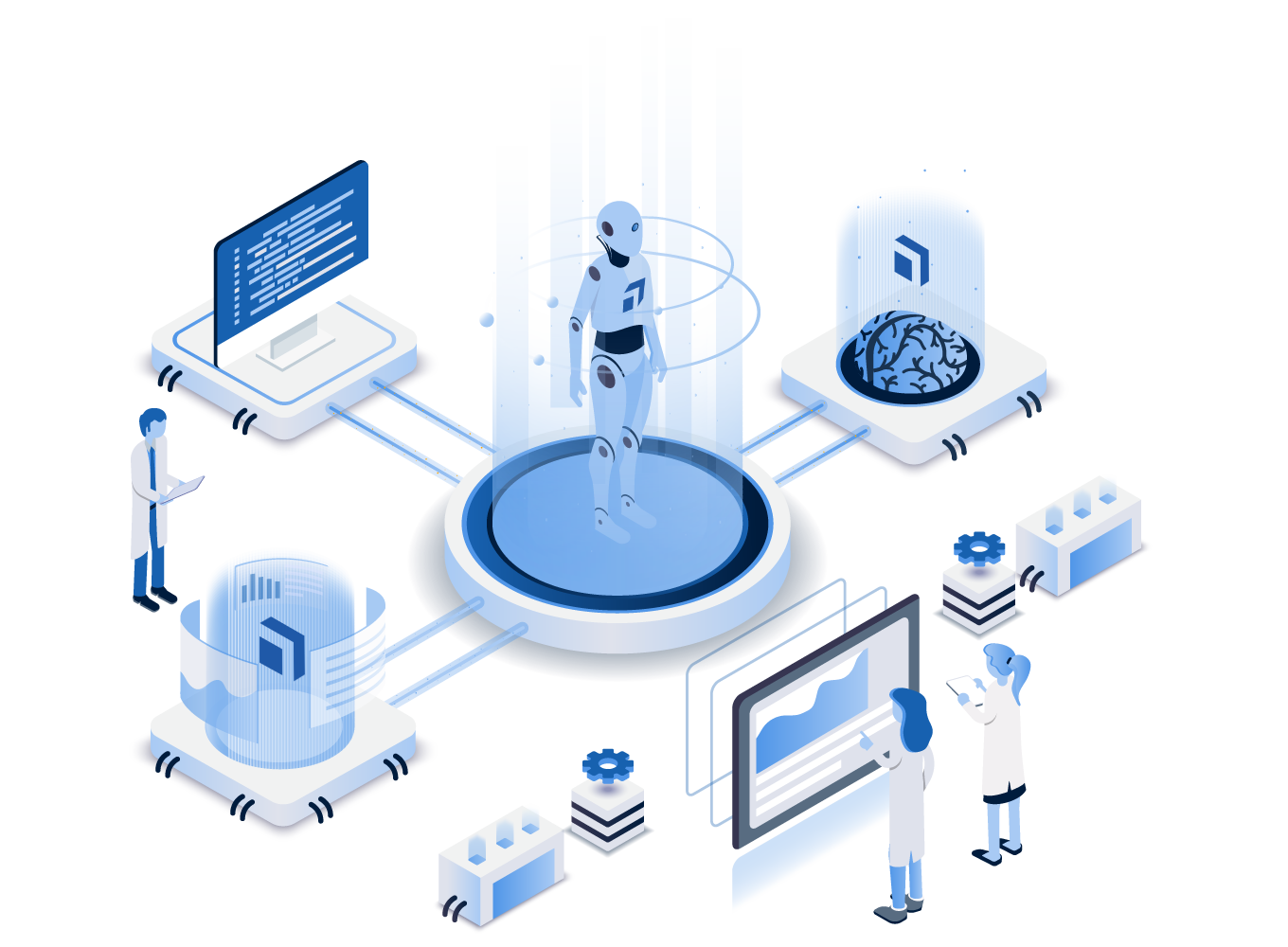
The abbreviation of AI and ML is Artificial Intelligence (AI) and Machine Learning (ML). In this technique are well-trained to process data, identify schemes and patterns, from and evaluate tests without human support. Although applying the AI and ML approaches to the address bar the challenges in software testing is not new in the software research community, the recent advancements in AI/ML with a huge amount of data available post new opportunities to apply AI/ML in testing.
AI and ML testing framework can efficiently recognize pitfalls and with constant updates to the algorithms, it feasible to discover even the negligible error.
Benefits of AI and ML testing
- It generate better test case, test data and reports to QA team
- These are also helps to better use real-time data to make smarter decisions about test strategy inside companies.
- AI and ML can also support QA teams to early detect faults, improve the test coverage, and identify elevated risk areas.
Data Visualisation, Machine Learning, Data verification, programming language, Deep Learning and etc. all are latest technologies we use at impact QA
We hope to see more application of AI/ML in addressing problems such as quality prediction, test case prioritization, fault classification, and assignment in the upcoming years.
Conclusion:-
These are the emerging software testing trends that one should watch out for in 2022 and these testing trends are especially important guide for you know in the upcoming year. Undoubtedly, automation testing is the future of software testing.
